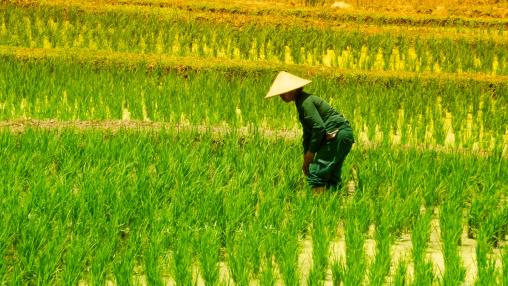
FAO Food Price Index, AMIS Market Monitor See Generally Declining Commodity Prices in October
The FAO Food Price Index fell 1.6 percent in October, driven by lower cereals, dairy, meat, and sugar prices. The October Index was 21 percent below its March 2022 peak.
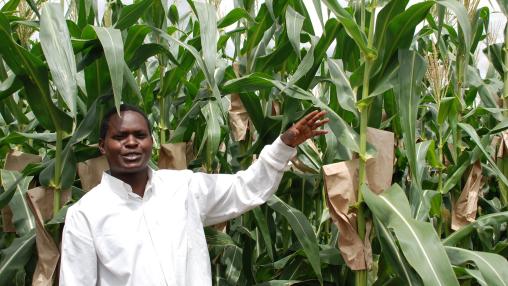
Cereal, Vegetable Oil, and Fertilizer Prices Continue Decline in September: FAO Food Price Index and AMIS Market Monitor Released
Reductions in cereal and vegetable oil prices contributed to a slight decline in the FAO Food Price Index in September. The Index remains nearly 20 percent below its March 2022 peak but rose 3.4 percent from September 2024.
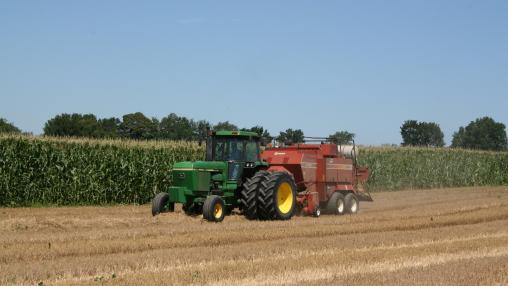
Staple food prices stable in August, but concerns over fertilizer prices, trade uncertainties remain
Global staple food prices remained largely stable in August, according to the latest FAO Food Price Index. The Index was nearly 7 percent higher than its August 2024 level but still well below the record high seen in March 2022.
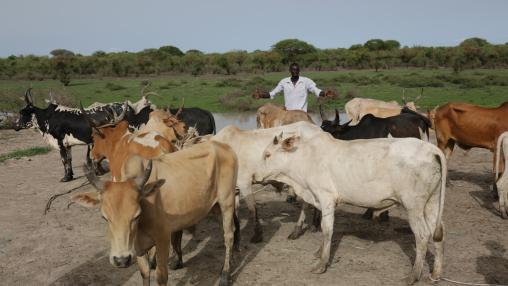
Record high meat prices drive Food Price Index up in July
The FAO Food Price Index rose by 1.6 percent in July based on increasing meat and vegetable oil prices. The Index remains 7.6 percent higher than its 2024 level but nearly 19 percent below its March 2022 peak.
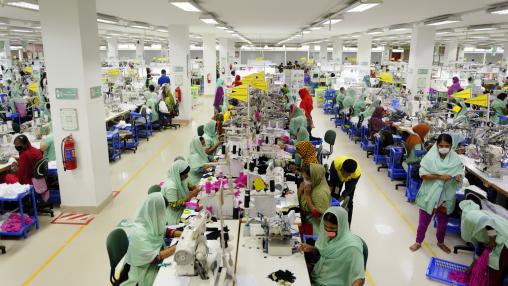
Proposed U.S. ‘reciprocal’ tariffs vary widely by product
The “Liberation Day” tariffs proposed by the United States on April 2 included a blanket 10% increase for countries with which the U.S. runs bilateral trade surpluses or small deficits, and a range of higher tariffs for 56 economies with which the U.S. runs sizeable trade deficits (excluding Canada and Mexico as partners in the U.S-Canada-Mexico free trade agreement; and Cuba, Russia and North Korea).
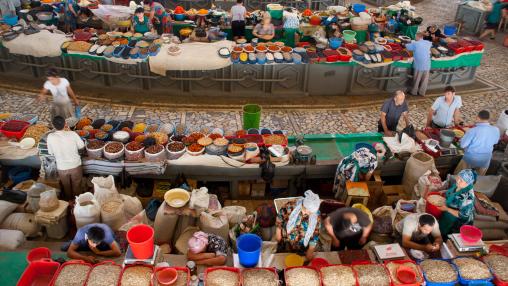
AMIS sees strong potential staple crop production in 2025, but trade, climate uncertainties remain
The FAO Food Price Index fell marginally in May but remained 6 percent higher than its May 2024 level. The decline was driven by falling cereals, sugar, and vegetable oils prices.
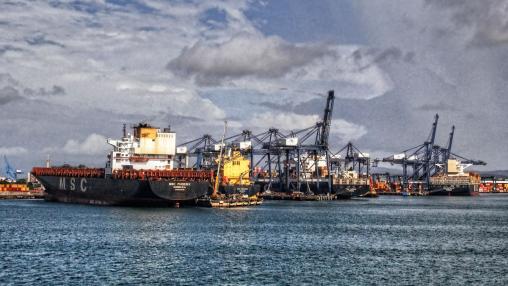
New U.S. tariff policies: What’s at stake for sub-Saharan Africa?
Current U.S. trade policies—though primarily focused on major global players including China, the European Union, and North American partners Canada and Mexico—also have economic consequences for smaller countries and regions around the world. In sub-Saharan Africa (SSA), these impacts will be felt both directly, through newly imposed tariffs, and indirectly, as collateral damage in a potential trade war between the world’s largest economies.
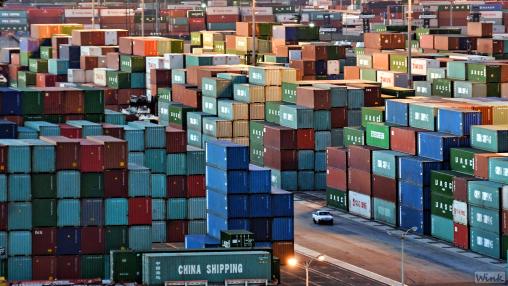
Uncertainties over Trade Continue to Raise Concerns for Food, Fertilizer Markets
The FAO Food Price Index rose 1 percent in April, driven by increasing cereal, dairy, and meat price. While the Index was 7.6 percent higher than its April 2024 level, it remains nearly 20 percent lower than the record reached in March 2022.
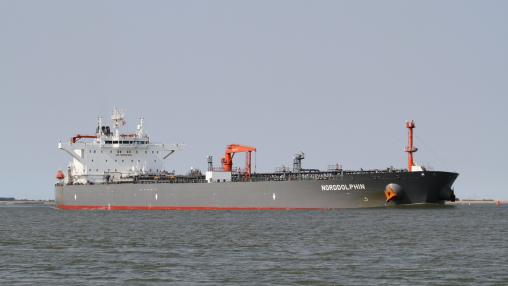
U.S.-China trade war 2.0: What are the implications for global oilseed markets?
Second in a blog series examining the potential consequences of the recently-proposed U.S. tariffs for global agrifood trade. Read the first post here.
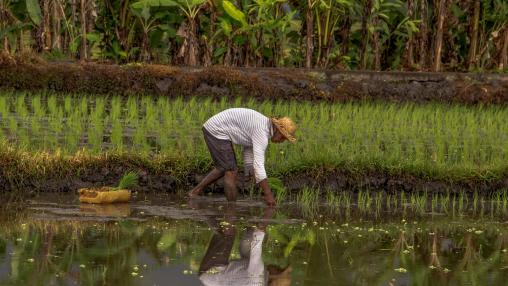
Commodity Prices Stable in March, But Concerns over Trade Remain
The FAO Food Price Index remained stable in March, with falling cereal and sugar prices balancing rising meat and vegetable oil prices. The Index was almost 7 percent higher than its March 2024 level but still remains significantly below March 2022 levels.